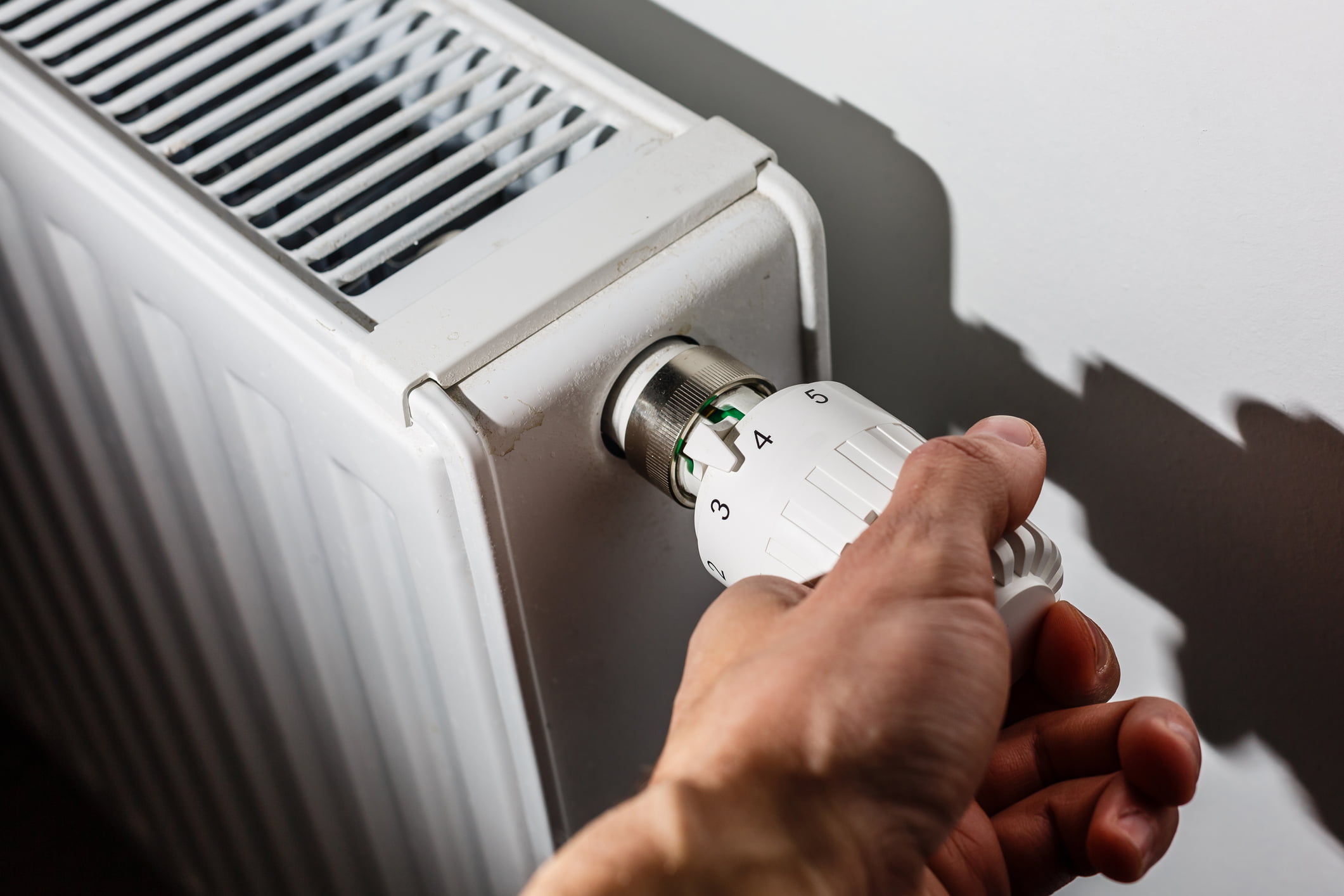A room thermostat stops your central heating system using more energy than it needs to. It turns the heating on until the room reaches the temperature you’ve set. Once it reaches the set temperature, it turns the heating off until the temperature drops again.
You don’t need to turn your room thermostat up when it is colder outside. Your home will heat up to your chosen temperature whatever the weather, but it may take a little longer on colder days.
Remember: turning up your room thermostat won’t make your home heat any faster!
Also, bear in mind that room thermostats need a free flow of air to get a better sense of the temperature. Therefore, it’s important to make sure they’re not blocked by curtains or furniture and to keep them away from heat sources like radiators.

